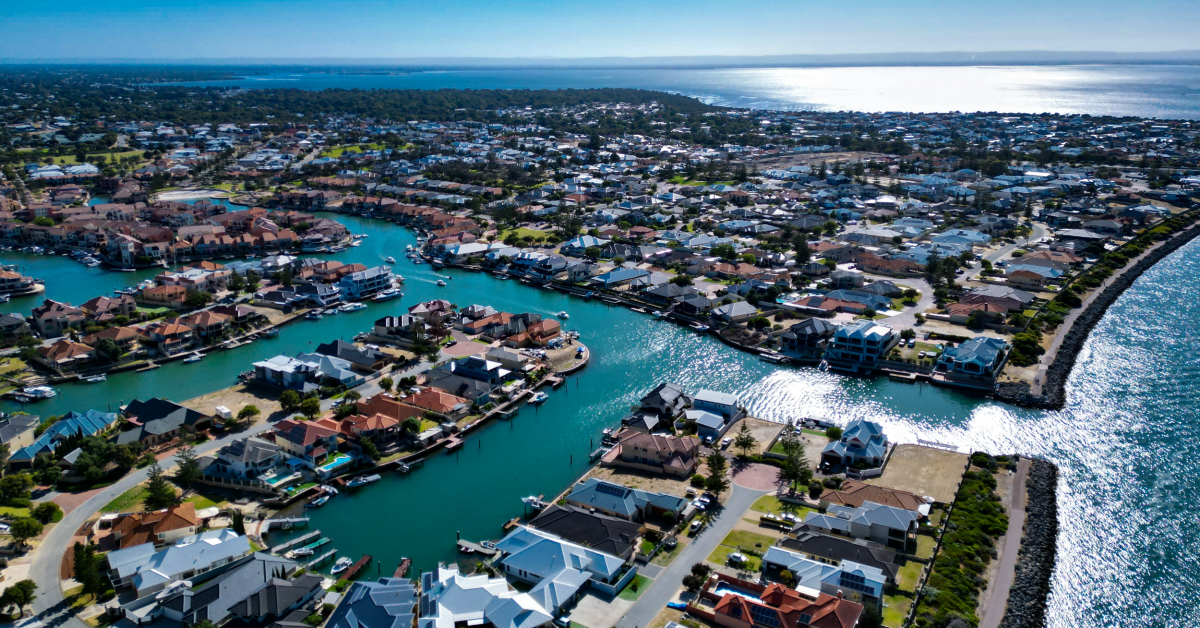Australia’s fourth-largest mortgage lender, ANZ, is one step closer to acquiring the country’s ninth-largest, Suncorp Bank, after winning an appeal against an earlier rejection of the deal.
ANZ and Suncorp agreed the deal in July 2022, but the Australian Competition & Consumer Commission (ACCC) decided, in August 2023, not to authorise the takeover because it was “not satisfied that the acquisition is not likely to substantially lessen competition in the supply of home loans nationally, small to medium enterprise banking in Queensland, and agribusiness banking in Queensland”.
However, last month, the Australian Competition Tribunal overruled the ACCC, after finding ANZ’s takeover of Suncorp “would not be likely to have the effect of substantially lessening competition.” It said it believed the benefit the merge offered outweighed the potential negatives.
Completion of the deal remains subject to legislative amendments by the Queensland parliament and approval by the federal Treasurer.
What to expect from the ANZ takeover of Suncorp
So what does it mean for consumers if their bank is taken over by another?
It depends.
That’s because each deal is unique. For this specific takeover, ANZ promised:
- Suncorp Bank would continue to be led by its CEO, Clive van Horen, who would report to ANZ’s CEO and join the bank’s executive committee.
- Suncorp Bank would retain the same number of branches in Queensland for at least three years.
- $15 billion of new lending would be allocated to support Queensland renewable projects and green Olympic Games infrastructure.
- $10 billion of new lending would be allocated for energy projects, particularly those targeting bioenergy and hydrogen over the next decade.
- $10 billion of lending would be allocated to support Queensland businesses over the next three years.
Often, when a larger bank takes over a smaller bank, the buyer aims not only to grow its customer base but also find efficiencies. That generally involves consolidating the two sets of systems, products and marketing into just one.
ANZ has licensed the Suncorp Bank brand for five to seven years; after that, it’s possible Suncorp branches and products will switch to the ANZ brand.







